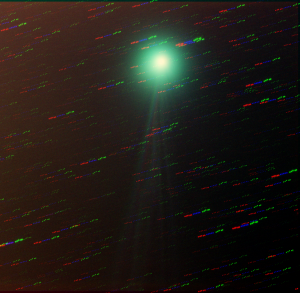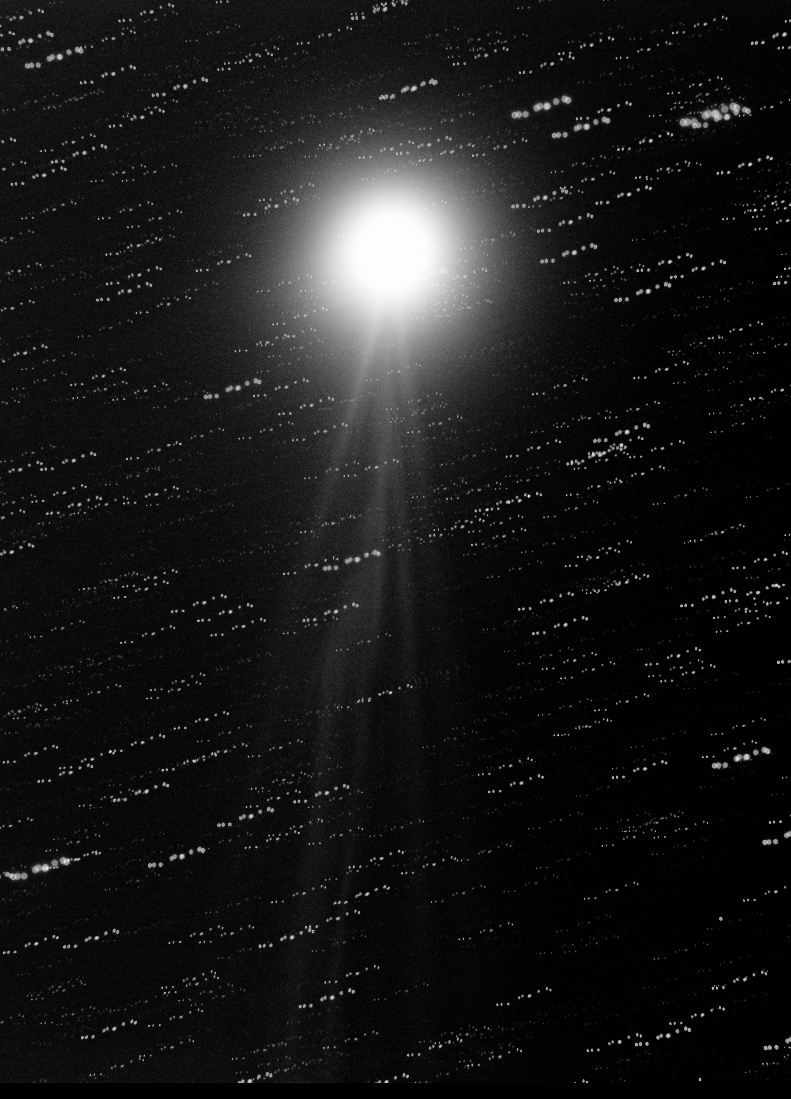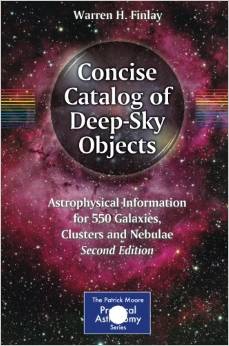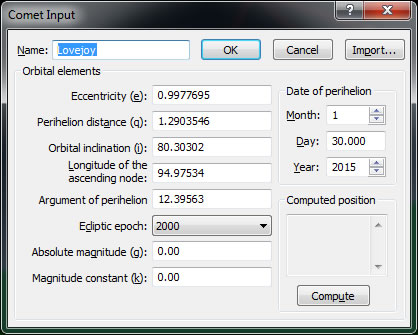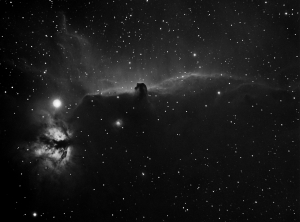Choosing and Using Astronomical Filters Book Review
Posted on: January 14, 2015 /
Choosing and using astronomical filters book
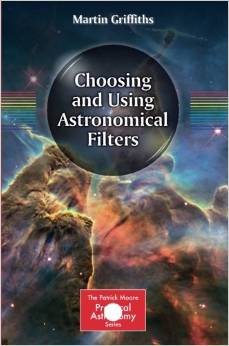 Every astronomer uses filters, whether you are an imager or an observer. At last there is now a book that covers all the different types of filters that you can use at night or during the day.
Every astronomer uses filters, whether you are an imager or an observer. At last there is now a book that covers all the different types of filters that you can use at night or during the day.
The book covers light pollution filters, planetary filters, solar filters, ND filters for lunar observing and the range of filters for Deep sky imaging.
The book starts by looking at all the different Wratten coloured visual filters and it talks about the different types of telescopes.
Chapter 3 covers lunar observing with Neutral Density filters, yellow, blue and polarizing filters. At the end of this chapter are some really nice lunar maps taken during the lunar calendar. Unfortunately they have been crammed into 2 pages and you can’t read the maps – shame. These maps should have been given their own pages.
Chapter 4 is all about using filters when observing and imaging planets. Each planet is discussed in detail as well as the different filters that work best with that planet. There are black and white images throughout the chapter.
Chapter 5 is all about solar filters, Herschel wedges, Mylar etc. Solar Continuum filters, Calcium K, Hydrogen Alpha and Neutral Density filters are discussed in detail. This chapter includes lots of colourful solar images.
Chapter 6 covers filters for astrophotography, including narrowband – Hydrogen Alpha, Hydrogen Beta, OIII and SII filters as well as broadband – luminance, red, green and blue filters. There are also details about UV/IR filters and sky glow filters.
Finally there is a small section on how to process your images. A good part of the end of the book lists what images you can view or image and which filters work best on those objects. Each object also has an image which is nice and a description. This section is well laid out and each object is given its own page.
Overall this is a very nice book, and the first one that concentrates solely on filters. The most useful part of this book for me is the list of objects and what filters work best on that object. IC, Messier and NGC objects are included in this sizeable list.
Concise Catalog of Deep-Sky Objects is available at Amazon

